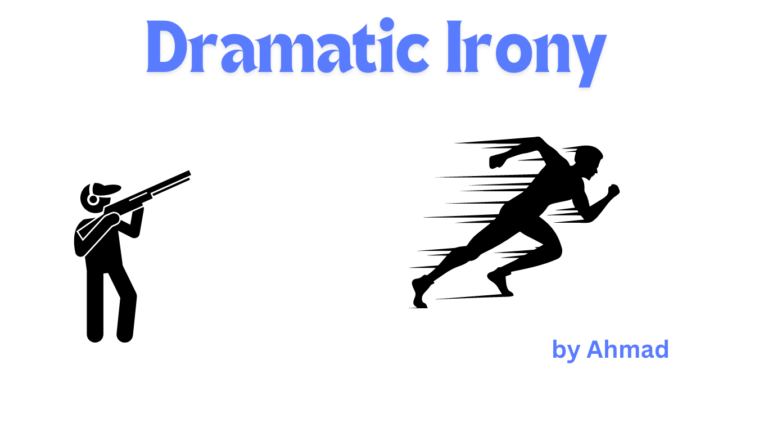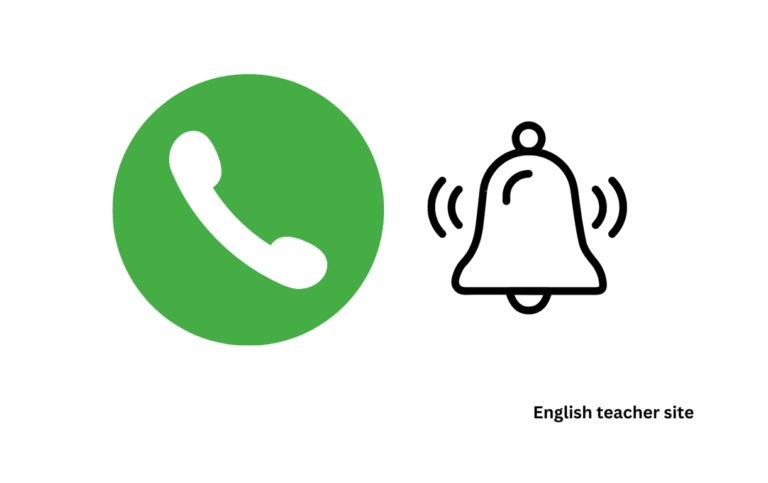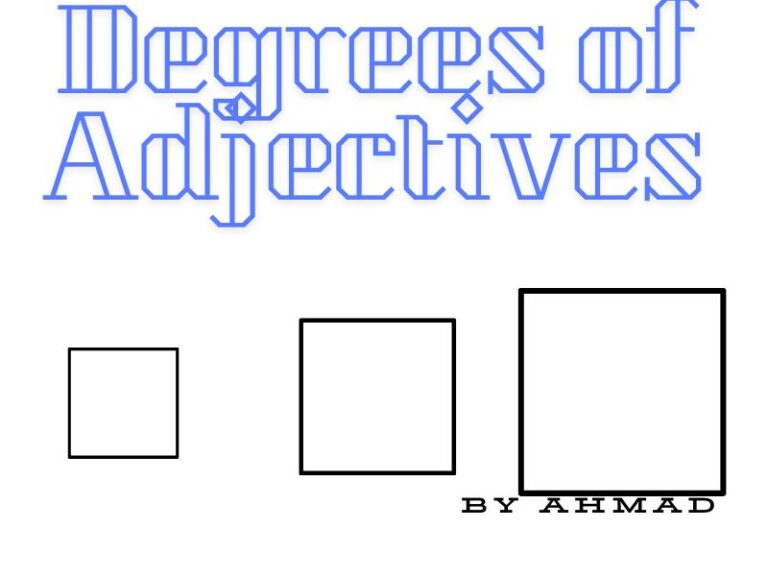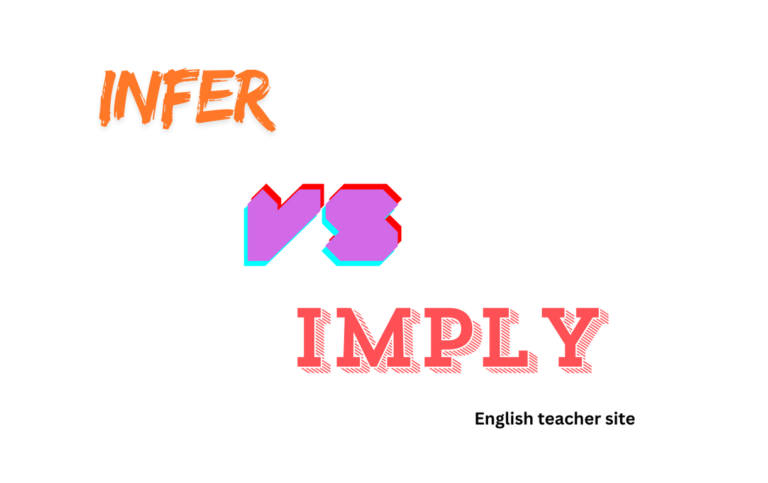What is the Present Tense: Forms and Usage Explained
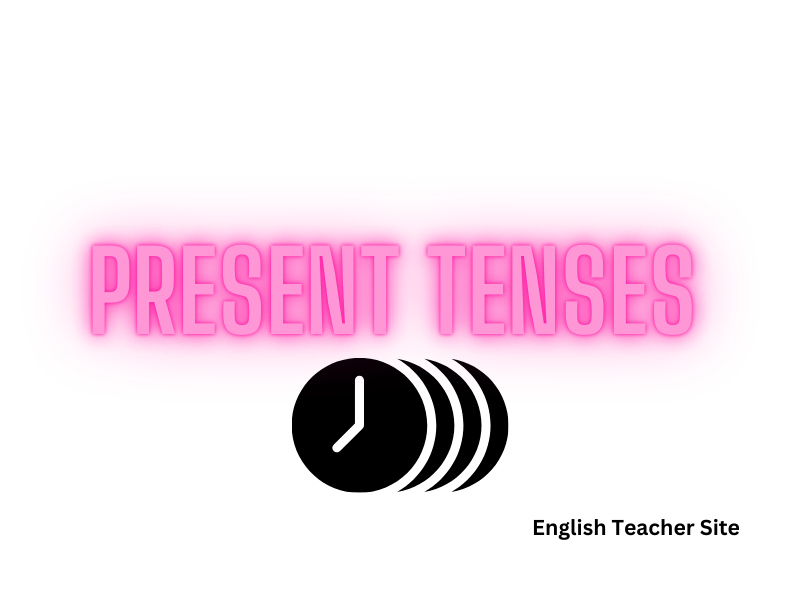
- The present tense is used for current actions, habitual routines, and timeless truths.
- There are four main forms of the present tense: simple present, present continuous, present perfect, and present perfect continuous.
- Each present tense form serves to express different aspects of current and ongoing actions with respect to time.
The simple present describes regular or habitual actions, such as daily routines or universal truths. The present continuous tense is employed to express actions currently in progress or future planned events. The present perfect tense helps to bridge the past with the present, referring to actions that have been completed at an indefinite time. Lastly, the present perfect continuous emphasizes the duration of an action that began in the past and is still continuing or has recently stopped.
What Is the Present Tense: Forms of the Present Tense
The present tense is one of the main verb forms used to describe actions happening at the moment or habitual actions that occur regularly. This tense also refers to general truths and universal facts. To aid understanding, the present tense can be broken down into four distinct forms.
Simple Present Tense
This form is utilized to describe habits, unchanging situations, general truths, and fixed arrangements. For example:
- She writes articles for the magazine.
- The Earth revolves around the Sun.
| Subject | Verb(3rd person singular) |
|---|---|
| I/We/You/They | write |
| He/She/It | writes |
Present Continuous Tense
The present continuous is used for actions that are happening at the time of speaking and for future plans. It often employs the auxiliary verb “to be” plus the verb with an -ing ending.
- They are studying for the exams.
- I am meeting him later today.
| Subject | Auxiliary Verb | Present Participle |
|---|---|---|
| I | am | meeting |
| He/She/It | is | studying |
| We/You/They | are | travelling |
Present Perfect Tense
This form relates to actions that occurred at an unspecified time in the past that have relevance to the present moment. It employs the auxiliary “have” or “has” with the past participle of the main verb.
- She has completed her degree.
- They have visited France several times.
- She has completed her degree.
- They have visited France several times.
Present Perfect Continuous Tense
This tense represents actions that started in the past and are continuing in the present, or actions that have just stopped but have a present consequence. It includes “have/has been” and the present participle (-ing form).
- I have been learning Spanish for two years.
- They have been working here since June.
Table of Present Perfect Continuous
| Subject | Auxiliary Verb | Present Participle |
|---|---|---|
| I | have been | learning |
| He/She/It | has been | working |
| We/You/They | have been | studying |
In summary, these forms of the present tense are fundamental to conveying different aspects of the present, from the simple statement of fact to the expression of ongoing actions and their current relevance. Understanding and using these forms correctly allows for precise and expressive communication in English.
What Does Verb Tense Mean?
Verb tense is a cornerstone of proper grammar, providing the temporal context necessary for clear communication. Its function is to pinpoint when an action or condition occurs—past, present, or future.
Defining Grammatical Time
Verb tenses are tools that English speakers use to express time in their language. The present tense communicates an action or condition that is happening now or occurs regularly.
- Simple Present Tense: This form is used for habitual actions or universal truths.
- Examples: “She walks to school.” / “The Earth orbits the Sun.”
- Present Continuous Tense: For actions that are currently ongoing at the moment of speaking.
- Examples: “He is studying for his exams right now.”
- Present Perfect Tense: This tense indicates actions that occurred at an unspecified time before now. The exact time is not important.
- Examples: “They have visited the new museum.”
- Present Perfect Continuous Tense: It combines the perfect and the continuous aspect, used for actions that started in the past and are still continuing or have just concluded.
- Examples: “She has been reading the book.”
Table A: Present Tense Forms
| Tense Form | Example |
|---|---|
| Simple Present | She writes every day. |
| Present Continuous | They are studying now. |
| Present Perfect | He has finished his work. |
| Present Perfect Continuous | They have been working for hours. |
Each tense form serves a specific purpose and aids in conveying not only the timing of the action but also aspects such as the completion and duration of the action. Understanding these nuances is essential for mastering English grammar.
What Is the Present Tense?
In English grammar, the present tense is a form that denotes current actions, habitual truths, and universal realities. It is a cornerstone tense that is essential in conveying everyday occurrences and facts.
Grasping the Current Moment
The present tense is instrumental in expressing actions that are occurring at the moment of speaking or conditions that currently exist. For instance, when stating “The dog barks,” the present tense is used to indicate the action is happening now.
Types of Present Tense:
| Simple Present | Present Continuous | Present Perfect | Present Perfect Continuous |
|---|---|---|---|
| Expresses a habitual action or general truth. E.g., “She reads books every night.” | Indicates an action that is currently ongoing. E.g., “They are reading a novel right now.” | Denotes an action that occurred at an unspecified time before now. E.g., “He has read the complete series.” | States an ongoing action that started in the past and continues into the present. E.g., “She has been reading for hours.” |
Regular Verbs: Add -s or -es to the base form for third person singular.
- Example: “walk” becomes “he walks“; “pass” becomes “she passes.”
Irregular Verbs: Vary in form.
- Example: “go” becomes “he goes“; “have” becomes “she has.”
Usage of Present Tense to Indicate Future Events:
- Scheduled events: “The train leaves at 8 p.m.”
- Planned future events: “We are visiting the museum tomorrow.”
Remember, the use of the present tense keeps the language vibrant and immediate, lending a sense of now to the narrative or discourse.
Forms of the Present Tense
The present tense in English grammar is essential for describing actions occurring in the present moment or for actions that happen regularly. Understanding its forms is crucial for effective communication.
Identifying Different Present Forms
The present tense is categorized into four primary forms, each serving a unique purpose. To convey information clearly, tables representing the structure and use cases of each form can be beneficial for learners.
Simple Present Tense:
This form is used for actions that are habitual or generally true.
| Subject | Verb (Base Form) | Usage Example |
|---|---|---|
| I/You/We/They | study | “They study every evening.” |
| He/She/It | studies | “She studies every evening.” |
Present Continuous Tense:
This form describes actions currently in progress or temporary situations.
| Subject | Verb (to be) + Verb (-ing) | Usage Example |
|---|---|---|
| I am | studying | “I am studying right now.” |
| He/She/It is | studying | “He is studying at this moment.” |
| You/We/They are | studying | “They are studying for exams.” |
Present Perfect Tense:
This form relates past actions to the present, suggesting completion or experience.
| Subject | Verb (have/has) + Past Participle | Usage Example |
|---|---|---|
| I/You/We/They | have finished | “We have finished our project.” |
| He/She/It | has finished | “He has finished eating.” |
Present Perfect Continuous Tense:
This form combines the present perfect and the continuous aspects to indicate the duration of actions that began in the past and continue to the present.
| Subject | Verb (have/has been) + Verb (-ing) | Usage Example |
|---|---|---|
| I | have been studying | “I have been studying since morning.” |
| He/She/It | has been studying | “She has been studying for three hours.” |
| You/We/They | have been studying | “They have been studying without a break.” |
In summary, the present tense is a key aspect of English grammar, encompassing various forms that articulate the timing and nature of actions. Its precise use is fundamental to mastering the language.
What’s the Present Continuous Tense?
The Present Continuous Tense is an essential construct within English grammar, utilized specifically to articulate actions or conditions that are occurring at the moment of speaking. This tense is formed by the present tense of the verb “to be” (am, is, are) in conjunction with the verbing (present participle) form of the main verb.
Describing Ongoing Present Actions
The Present Continuous Tense conveys activities that are actively in progress. It’s structured in a manner that combines the auxiliary verb ‘be’ with the main verb’s present participle (-ing form). Here are key aspects:
- Subject: Describes who or what performs the action.
- Auxiliary verb ‘be’: Changes to agree with the subject (am/is/are).
- Main verb (present participle): Ends with -ing.
For the clarity of understanding, take a look at the following table which outlines how to form the Present Continuous Tense:
| Subject | Auxiliary Verb ‘be’ | Main Verb (-ing) | Example Sentence |
|---|---|---|---|
| I | am | (verb)-ing | I am studying for my exam. |
| You | are | (verb)-ing | You are playing football. |
| He/She/It | is | (verb)-ing | He is reading a book. |
| We | are | (verb)-ing | We are travelling to Paris. |
| They | are | (verb)-ing | They are watching a movie. |
Actions described by the Present Continuous Tense include:
- Current activities: Actions happening at the very moment of speaking, such as “The teacher is explaining the lesson.”
- Temporary situations: Conditions that are temporary, not permanent, for instance, “She is living in London for the summer.”
- Repeated actions with “always”: Sometimes used humorously or to express annoyance, e.g., “He is always losing his keys.”
- Near future events: Scheduled or planned events in the near future, like “They are meeting the new clients next Monday.”
By conveying a sense of immediacy and progression, the Present Continuous Tense plays a crucial role in English communication, painting pictures of actions in motion and setting the stage for discussions about ongoing trends and future plans.
What’s the Present Perfect Tense?
The Present Perfect Tense is a crucial element in English grammar that links past actions or events to the present. It illustrates not only the completion of an action but also its relevance or effects on the present moment.
Expressing Completed Present Actions
An important use of the Present Perfect Tense involves expressing actions that have been completed at some point in the present:
- Actions completed at an unspecified time before now
Sentence Explanation She has visited the Eiffel Tower. The specific time of visit is unknown, but it has relevance to the present. They have eaten at that new restaurant. When they ate is not specified; the focus is on the experience. - Actions occurring in a time period that has not yet finished
Sentence Explanation He has started a new book this morning. ‘This morning’ is still ongoing at the present time. They have shared several videos today. ‘Today’ indicates the day is not over yet. - Experiences when the number of times is not mentioned
Situations where the action is completed but its effects still felt
- He has broken his leg. (The leg remains in a broken state in the present.)
The tense is formed with the present form of ‘have’ (have/has) followed by the past participle of the main verb. This structure remains consistent whether it is a statement, question, or negative construction.
What’s the Present Perfect Continuous?
The Present Perfect Continuous tense combines aspects of duration and current relevance by highlighting an action that began in the past and continues in the present. It not only conveys the ongoing nature of an action but also emphasizes its relation to the now.
Emphasizing Duration in the Present
The Present Perfect Continuous tense is essential for expressing actions that have been ongoing and are, notably, still relevant to the current moment. This tense is formed using the structure: subject + “has/have been” + present participle (verb-ing). For example:
- She has been studying for hours.
- They have been traveling since last month.
To illustrate the use of this tense, consider the following tables:
Affirmative Sentences:
| Subject | Auxiliary Verb | Main Verb – Present Participle |
|---|---|---|
| I | have been | studying |
| You | have been | working |
| He/She/It | has been | running |
| We | have been | playing |
| They | have been | living |
Negative Sentences:
| Subject | Auxiliary Verb + Not | Main Verb – Present Participle |
|---|---|---|
| I | have not been | eating |
| You | have not been | going |
| He/She/It | has not been | feeling |
| We | have not been | doing |
| They | have not been | sleeping |
When it comes to duration, words such as “for” and “since” are commonly used:
- For is used with a period of time (e.g., for two years).
- Since is used with a specific point in time when the action began (e.g., since January).
include:
- Has been is used with singular third person, while have been is applied to all other subjects.
- The present participle form of the verb always ends in -ing.
- This tense is often accompanied by time expressions such as recently or lately.
Source
Harper Douglas, “Etymology of tense,” Online Etymology Dictionary, https://www.etymonline.com/word/tense
My name is Khamis Maiouf. I am the creator of the English Teacher Site, dedicated to providing valuable resources and insights for students around the world. With a passion for education and a commitment to helping students enhance their skills, I aim to make English teaching more effective and enjoyable for both educators and students.

